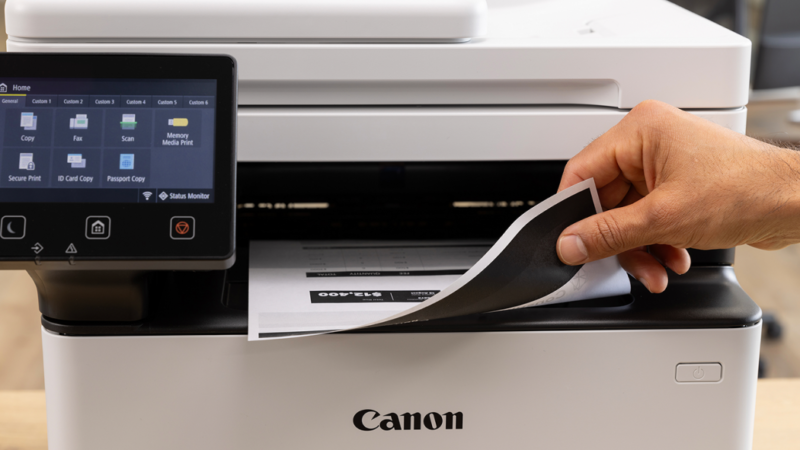the world’s largest hydrogen-powered plane takes flight

British company ZeroAvia has successfully flown the world’s largest hydrogen-powered aircraft. It is one more step towards the start of the first commercial flights with this technology in 2025.
The emission-free aviation proposed by ZeroAvia has taken a new step forward with the flight of the world’s largest hydrogen-powered aircraft.
The ZeroAvia company has successfully carried out its first flight of a hydrogen-powered aircraft , a flight that is already part of history, as it is the largest aircraft in the world that has managed to fly using only hydrogen.
The British company took to the skies with a modified Dornier 228 , a twin-engine aircraft equipped in this case with an electric propeller on the left wing of the plane that moves thanks to the energy supplied by two fuel cells.
The aircraft mounted on its left wing the largest electric motor tested to date by ZeroAvia. On the other side, on the right wing, it mounted a Honeywell TPE-331 engine (the engine that the plane originally had). In this test configuration, the hydrogen electric booster consists of two fuel cell stacks, plus lithium-ion batteries that provide higher peak power during takeoff and add additional redundancy for safety.
In this test configuration, the hydrogen tanks and the two fuel cells were housed inside the cockpit. In a commercial configuration, external storage would be used and, logically, these elements would be relocated to allow the installation of the corresponding passenger seats.
The flight took place from the company’s premises at Cotswold Airport in Gloucestershire, UK, and lasted 10 minutes. At 1:35 p.m. GMT, the aircraft completed taxiing to the runway, takeoff, a full loop, and landing. The flight is part of the HyFlyer II project , a UK government-funded R&D program aimed at developing a 600 kW propulsion system for 9-19 seat aircraft. This is the previous step before developing aircraft with a larger fuselage and up to 90 passengers.
After successfully completing this first flight, the next step is to achieve certification to offer commercial routes using this technology in the year 2025. The Dornier 228 will carry out a series of test flights from Kemble and subsequent demonstration flights from other airports. The company made its first hydrogen-powered flight almost exactly two years ago now, using a six-seat Piper Malibu jet powered by a 250 kW hydrogen-electric drive. However, the program that ZeroAvia already has in place contemplates engines between 2 and 5 MW of power, an increase necessary to propel narrow-body aircraft and up to 90 passengers during the next decade.
ZeroAvia’s roadmap plans to start the first commercial flights in 2025 with planes of between 9-19 passengers and a range of about 500 kilometers. By 2026 they hope to make the leap towards aircraft with a range of 1,800 km and a capacity of between 40 and 80 passengers. By 2030, the goal is to have a hydrogen propellant ready for planes with up to 200 passengers and a range of about 3,700 kilometers.
According to ZeroAvia estimates, fuel cell electric propellers have 90% lower lifetime emissions compared to traditional turbines and 60% lower operating costs compared to turboprop aircraft with the same payload. .






